In its early years, the 1959 Cuban revolution forcefully redirected resources toward the previously neglected poor, especially in the more rural provinces. Egalitarianism—across social classes and geographic regions—was the hallmark of the youthful rebels. With his unkept locks and angelic visage, Ernesto “Che” Guevara symbolized the revolution’s radical idealism.
Many of the impoverished peasants and plantation workers from the island’s five eastern provinces—the Oriente—had fought in the revolution and made up the core of the new Revolutionary Armed Forces (FAR). Suddenly empowered, the triumphant rebels pressed for a radical redistribution of wealth. The energetic revolution delivered, as resources were reallocated from wealthy Havana to the formerly forgotten provinces.
The five eastern Oriente provinces—the birthplace of Fidel and Raul Castro, the cradle of the revolution—were favored beneficiaries. As part of an industrialization push assisted by the Soviet Union and Eastern Europe, new factories appeared throughout the countryside, including agro-processing plants but also mining, metallurgy, energy, and construction materials. Most urgently, new health clinics and public schools dotted the provincial landscape.
These dramatic improvements in the quality of life of the average Cuban remain the pride of the revolution. As a proportion of the national budget, the government continues to invest heavily in social services.
More recently, however, trends have again turned against the eastern provinces, as I detail in a new Brookings paper. The vital sugarcane industry retrenched to a shadow of its former self, Soviet-supported industry collapsed, and the centripetal power of Havana reasserted itself.
Especially detrimental to Oriente and its many towns arrayed around sugarcane refineries, the government shuttered two-thirds of the sugar mills (from 156 operating mills in 1990). Today, sugarcane production has declined to one-fifth of its 1989 levels. The government promised compensatory investments to replace the mills, but few materialized. Sugarcane-dependent villages became ghost towns as workers exited in search of better opportunities.
The contemporary drivers of the Cuban economy, including international tourism, remittances from the prosperous Cuban diaspora, and the emergence of a small-business private sector have re-concentrated opportunity and wealth in Havana and its environs.
Rather than countering these trends, government investment policies have accentuated the re-emerging regional inequalities. In recent years, over 50% of government investment has been allocated to Havana. National investments channeled to the five eastern provinces declined from 23% in 2010 to only 15% by 2017.
Public investment rates:

These adverse investment trends explain the visible deterioration of Oriente’s infrastructure, deepening its separation from the more dynamic central provinces and Havana. Cross-country trains run interminably late, if at all, bus terminals are rundown, and road repairs lag badly. Internal air travel is infrequent and unreliable. (A commercial Havana-Holguin flight operated by Cubana de Aviación crashed in 2018, killing 112.)
Despite some bright spots, Oriente has again become a development backwater. Its inhabitants are migrating to the more prosperous central and western provinces, especially Havana. Eastern fertility rates, while declining, remain above the national average, adding to the stream of migrants. Averaging net internal migration of about five persons per year per 1,000 inhabitants, over a decade the region is losing some 5% of its inhabitants. Moreover, the actual outflows exceed these official statistics, as many internal migrants lacking proper authorization to relocate retain their former residential addresses.
There is no inherent reason that the eastern provinces should be so poor. They harbor numerous potential drivers of sustainable economic growth. Prospective growth sectors include many varieties of international tourism including cultural and environmental tourism, a well-diversified agriculture, sugarcane as biofuel, other renewable energy sources including wind and solar, proven nickel and other mineral deposits, homeopathic pharmaceuticals, and other light manufacturing.
But the revitalization of the region’s agriculture and industry will be a function of badly needed systemic reforms, which again have been placed on the backburner by a regime focused more narrowly on its own political survival.
Regional woes have been compounded by the collapse of the Venezuelan economy and the subsequent reduction in shipments of subsidized oil. Furthermore, mounting U.S. hostilities are aimed at discouraging U.S. tourism and frightening away investment from Europe and other nations otherwise maintaining normal relations with Cuba.
The combination of years of postponing economic reform, an increasingly adverse international environment, and Havana’s own disregard for Oriente, are debilitating regime legitimacy. Scarcities of the most basic consumer items, including cooking oil, flour, eggs and beer, are fueling social frustration.
Judgments regarding the potential political impacts on regime stability of reemerging regional inequalities and chronic economic stagnation if not decline in Oriente are inevitably speculative. One could postulate that migrants leaving Oriente provinces are voting against the regime with their feet, suggesting widespread discontent. In the February 2019 plebiscite on the new constitution, voters in Holguin province registered higher levels of dissatisfaction (abstentions and no votes) although outcomes in other eastern provinces fell within national norms.
Oriente has a deep history of rebellion against perceived abuses of central authority, yet at least some among the older generation retain a pride in being the birthplace of the 1959 revolutionary triumph. The surveillance state seems particularly pervasive in Oriente, even as organized political opposition, such as it is, is reportedly stronger there. In the months ahead, the weakening of two foundational pillars of the revolution—regional equality and social betterment—will test regime resiliency.
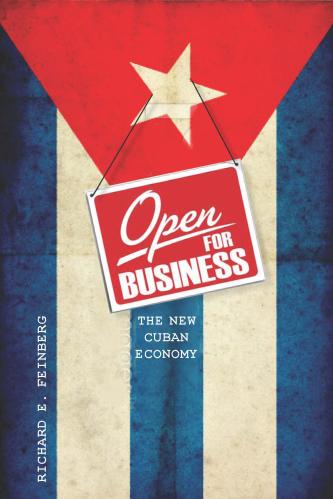
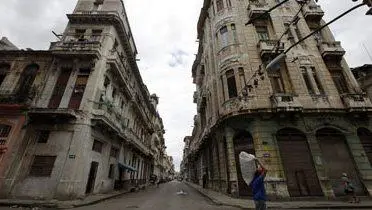
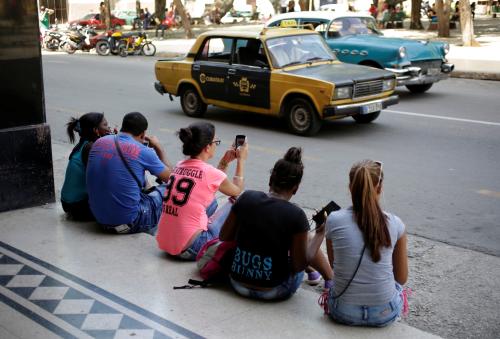
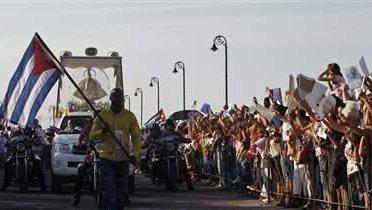
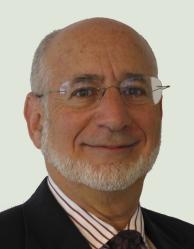
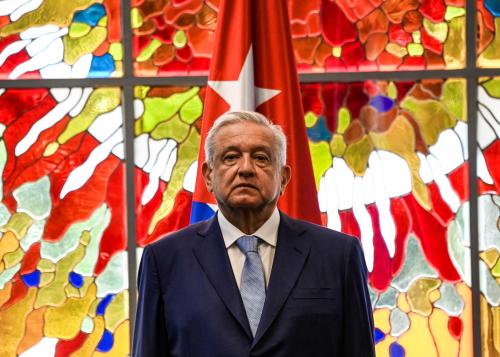
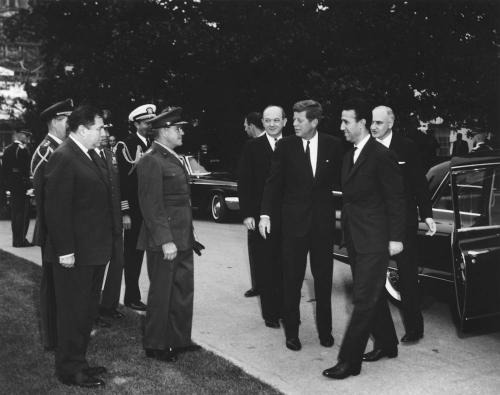
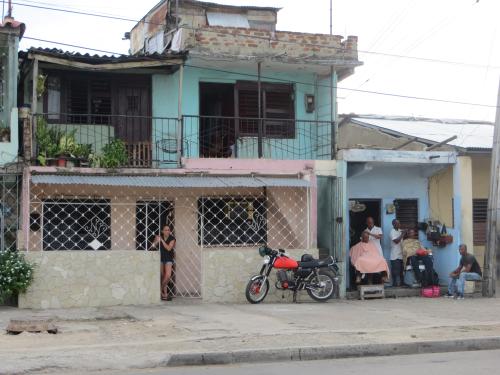
Commentary
How economic woes in Cuba’s east are testing regime resiliency
June 24, 2019